Rolls-Royce is expanding its mtu Series 199 into a full product family with a wider power range for both new military land vehicles and repowering existing platforms, the company stated.
According to Rolls-Royce, the mtu Series 199 will in future include four cylinder variants offering outputs from 260 to 1,300 kW. At the DSEI exhibition in London, Flensburger Fahrzeugbau (FFG) is exhibiting a modernised Leopard 1 tank retrofitted with an 8-cylinder mtu 199 producing 800 kW.
The company said this marks the most powerful drive yet installed in a Leopard 1 chassis.
Knut Müller, Senior Vice President Governmental Business at Rolls-Royce Division Power Systems, was quoted in the press release as saying: “The mtu Series 199 is an unprecedented success story. With thousands of engines delivered, for example for the ‘Boxer’ and the variants based on it, it is the most successful engine series in its class. We are building on this success and developing further models in this series with 10 and 12 cylinders and outputs of over 1,000 kW.”
He added: “We see a high and urgent demand for these engines at reasonable cost from numerous armies that we supply, both for new vehicles and for the modernisation of existing ones. Due to the need for many NATO and allied countries to adapt their armed forces to the current threat situation, the demand for engines for military land vehicles is growing rapidly.”
Rolls-Royce stated that the upgraded 8V199 has already been increased from 530 to 600 kW, and now to 800 kW. A 10-cylinder variant, the 10V199, is in development for vehicles requiring up to 1,100 kW, while a 12-cylinder model is being developed for heavy main battle tanks and support vehicles requiring 1,300 kW.
Müller commented: “Our customers can expect 1,300 kW of power from us. The performance of this mtu engine will eclipse everything that has been available in military drives to date. We expect it to be available in just a few years.”
The company said expanding the series into a unified family would support NATO customers seeking logistical uniformity by limiting drive system variety and reducing spare part requirements across wheeled and tracked vehicle fleets.



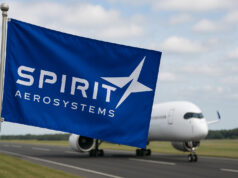
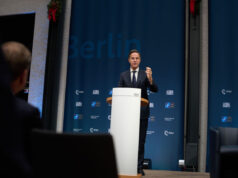
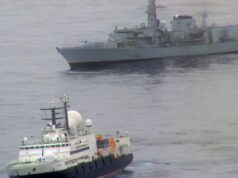
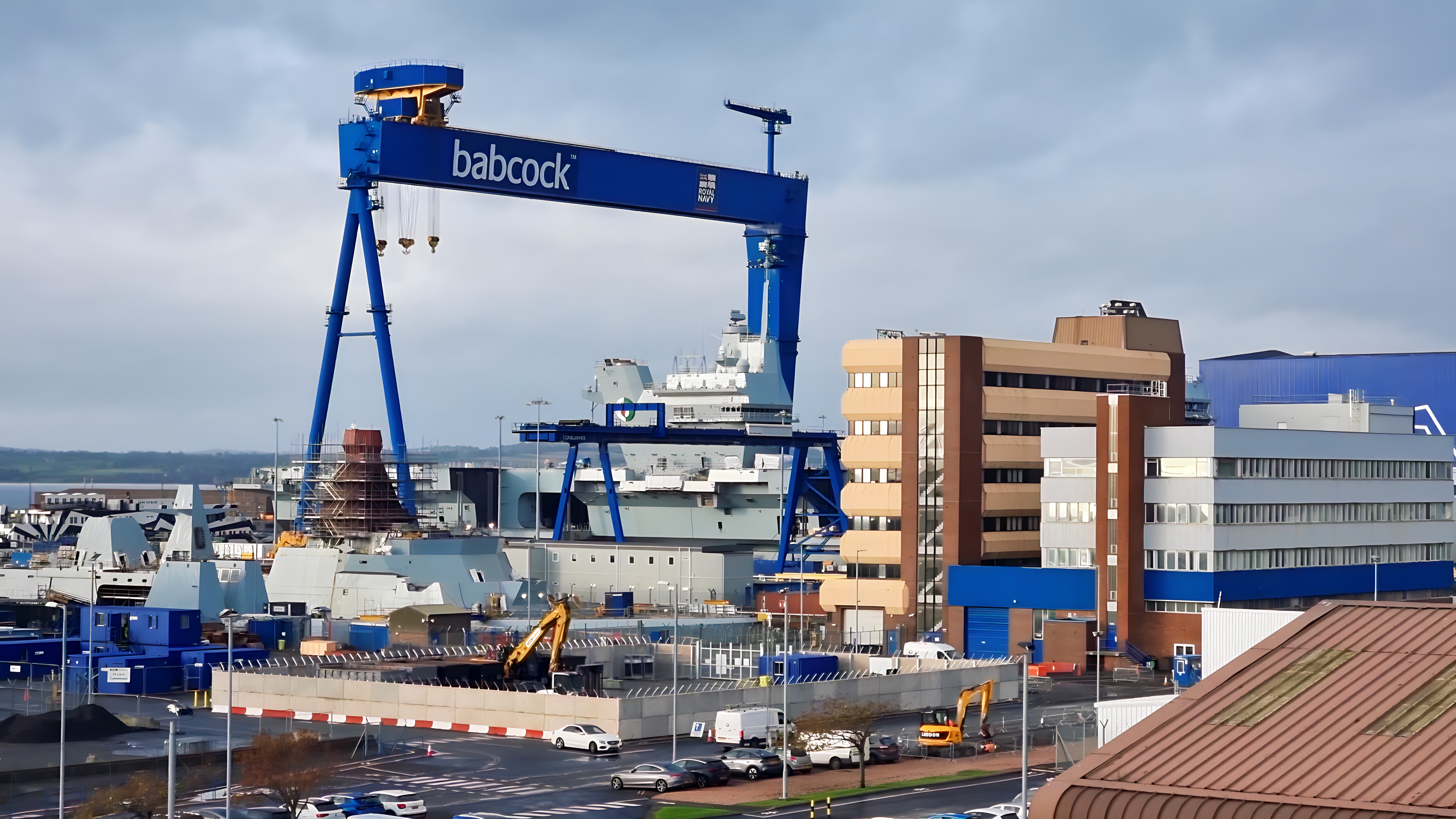
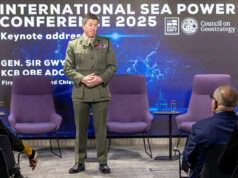
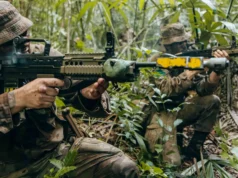

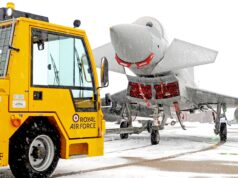
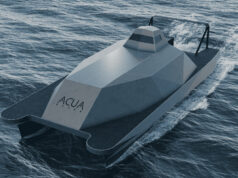
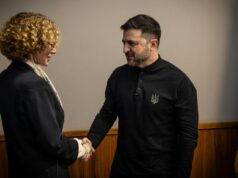

RR looking at UK Patria buy ??
As we get heavier armoured vehicles, we’re going to need increased power, and I noticed that GD were talking about a 1000kW variant for the new Ajax IFV. A few years ago there was some discussion about using vehicles to power other systems when stationary, and the increased power demand that entailed. Is this still a thing? When you look at the myriad systems festooning the tops of military vehicles and control systems inside, will we reach a point where, as with the F-35, the platform is constrained by power availability and management? Or is it just so much easier to put in a larger engine on land systems that this will never happen?
DEW is the obvious case.